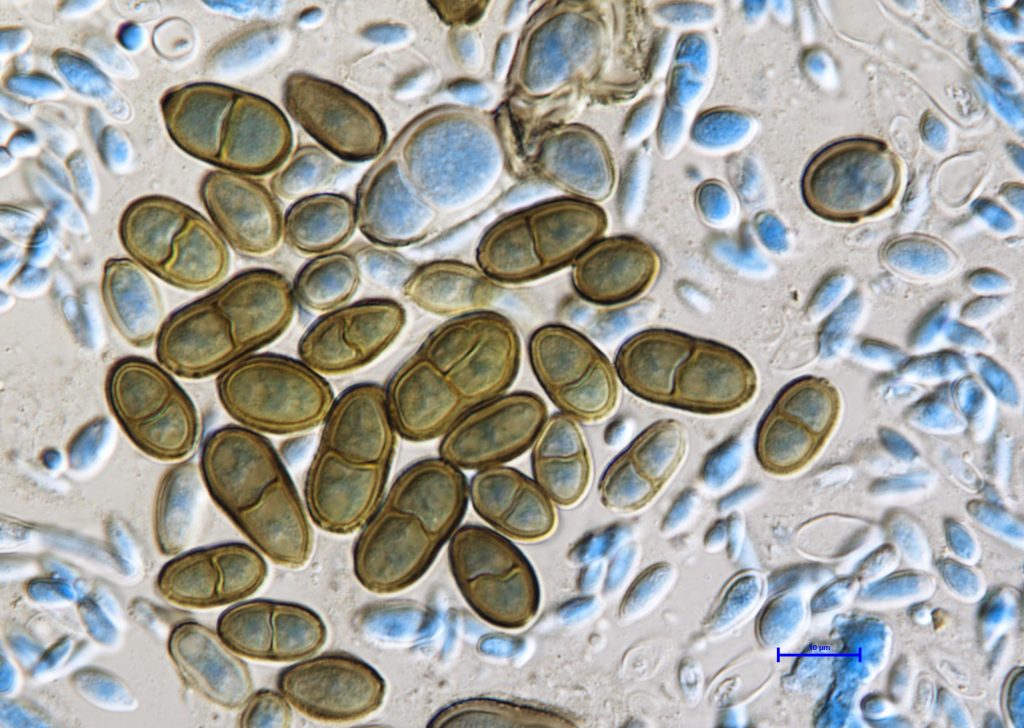
July 26, 2024


InnoRenew CoE experts are convinced that the most feasible pathway to carbon neutrality is using more wood in construction.
The Science Advice for Policy by European Academies (SAPEA) has announced publication of “A Systemic Approach to the Energy Transition in Europe”, its most recent report regarding the EU’s energy transition:
“In these documents, the experts underline that the energy transition is far from a purely technical challenge. To make the transition a reality, we need to solve a huge systemic problem, coordinating countless individual voluntary decisions on investment, consumption and behaviour across Europe.
This means transforming the entire European energy system — a change which will affect every part of our society and require huge investment during the transition. It must be done in a socially equitable way. And we already need to accelerate progress if we want to achieve the EU’s target of net zero emissions by 2050.
Professor Peter Lund, chair of the SAPEA working group that wrote the report, said:
‘The SAPEA report does not recommend an unequivocal policy package for Europe, but rather a set of policy options addressing various important facets of the overall challenge of the energy transition to reach carbon neutrality.
However, as a central conclusion, any successful policy must involve a carbon pricing mechanism, in both the EU Emissions Trading System and Effort Sharing Regulation sectors, that delivers a sufficiently high carbon price while putting the pricing in a socially just frame.'”
InnoRenew CoE, a research institute based in Izola, Slovenia, collaborated in preparation of these documents as part of the SAPEA consortium.
Dr Andreja Kutnar, InnoRenew CoE director and SAPEA working group member, highlighted the importance of using more wood in construction to deliver a lower carbon footprint and improve the energy transition in Europe.
“By improving sustainability in building construction we can provide effective carbon storage and positive health impacts,” Dr Kutnar said.
She added that obstacles can be overcome through greater recognition of the benefits from wood construction — both for the environment and for building occupants — and with more policy support in the European Green Deal.
SAPEA consortium members and experts call for “urgent and decisive action to integrate emissions-free energy sources” and to ensure “policymakers are well informed by science while making decisions on such complex issues.”
It is hoped that the European Commission will use the SAPEA report while developing its plan for a carbon-free Europe.